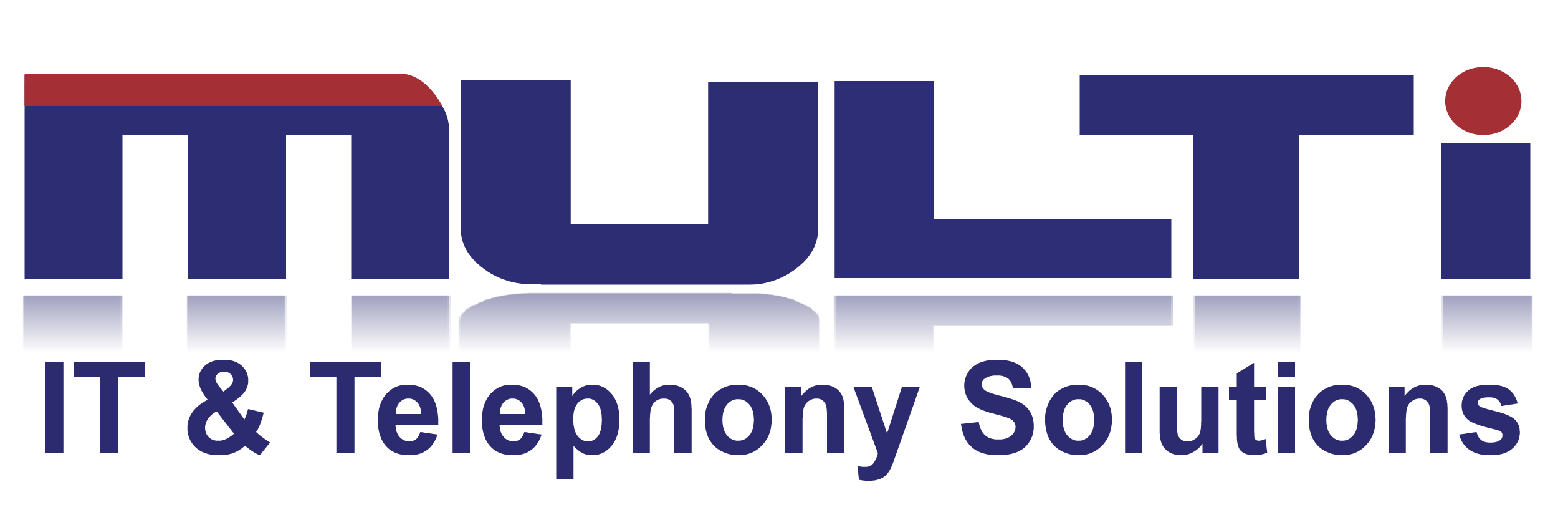There are five ways to improve morale in the workplace (and lower frustration) with technology.
As a Windows Vista survivor, reducing workplace technology anxiety is a labor of love for me.
For our younger readers, Windows Vista was an operating system from 2009 so beset with problems Microsoft’s former president used to make derogatory comments about it in public.
I vividly remember spending an hour per week rebooting my computer and begging anyone within earshot to help me. And I suffered this “demon-possessed” operating system for six months!
This experience was the least soothing way to kick off a productive day for my office colleagues and me.
Little things can irritate your staff in alarming ways:
- “This screen is too small for me to see everything!”
- “Why doesn’t this monitor from the IT closet work?”
- “Great, I’m out of USB ports. Now I can’t plug in my new Blue Yeti microphone!”
- “Why do I have to go on a wild goose chase to perform simple functions with all of my applications?”
This article aims to stimulate fresh thinking around practical recommendations that will energize your organization.
It just may improve your collective mental health as well.
#1 – Improve morale by providing centralized access to all of your applications.
By providing centralized access to applications, employees will love the convenience of having one point of entry for everything.
Most organizations have hybrid IT environments with onsite digital assets and cloud solutions.
Pairing legacy technology with innovative Software as a Service (SaaS) offerings (hosted in offsite datacenters) can be challenging to negotiate conveniently, quickly, and securely.
Microsoft has you covered with Azure Active Directory for Apps, which (in their words) provides “secure and seamless access for all your users, devices, and apps.”
That’s one entrance via Single-Sign-On (SSO) to everything they need to excel at their jobs, with no time or distance limitations.
#2 – Enhance the employee experience by establishing a carefully defined tech support process.
Provide your employees with a carefully defined tech support process, and they won’t waste energy and good cheer suffering computing malfunctions.
It doesn’t matter if you have an internal IT department or if you outsource this infrastructure support function to a managed services provider (MSP). You need a ticketing system in place and a process to classify support requests based on their severity and business impact.
This structure gives users clear-cut options to call, send an email, or log the request through a web-based portal.
All matters should then generate a ticket governed by a time-bound service level agreement (SLA).
Generally speaking, a Priority One means all systems are down, so the in-house IT team or MSP is contractually obligated to address this enterprise-level threat before they remediate Priority Two, Three, and Four requests.
You should also remove any intermediaries and allow everyone to open support tickets directly with internal IT or your MSP.
“Middlemen” don’t work well attempting to run interference on support requests. Too many nuances get lost in translation.
This approach also creates bottlenecks and delays for busy people trying to crush their goals.
#3 – Increase employee efficiency by planning technology refreshes around the useful life of each asset.
Refresh desktops, laptops, peripherals, and accessories on a strict schedule, and your team will thank you for the increased efficiency.
Your IT assets and office equipment are extensions of your brand and culture. And keeping this infrastructure modernized is like a warm handshake throughout the workday.
Most people are unaware of the root causes behind system issues like slow network performance and file synching delays.
Both could be related to older server appliances, end-of-life operating systems, degraded low-voltage wiring, and switching gear.
However, they will zero in like hawks on pieces of equipment that barely sputter along or frequently fail them.
Recycling three-year-old executive laptops is a recipe for frustration—especially devices with significant wear and tear. When employees with a lower rank in the company get an older computer, the machine usually operates on fumes. The same is true of five-year-old workstations.
Both instances are a recipe for performance shortcomings that will widen over time. Recipients may also feel devalued by the exchange.
#4 – Reduce employee frustration by following regulator-approved standards and best practices.
You arm your employees with proven technology when you design IT systems that follow regulator-approved standards and best practices.
When it comes to IT harmony, the shortest distance between two points is a straight line between a long-standing government approved framework and an enterprise-grade cloud solution backed by a company with a market cap that exceeds $1,000,000,000,000.
I’m referring to The National Institute of Standards and Technology (NIST) and Microsoft 365.
Neither entity is going anywhere, and both seem to be gaining prominence as cloud innovations and cybersecurity threats advance in tandem.
This blueprint gives your team secure, 24/7 access to popular programs like Outlook, Word, PowerPoint, Excel, Teams, Exchange, OneDrive, SharePoint, Intune, and Azure Information Protection.
That should put a smile on everyone’s face. (I’m using many of these tools as I write this article, and I’m all grins.)
It also allows you to check off all of the right regulation, security, and compliance boxes.
How so? NIST has a cybersecurity framework known as NIST CSF. And Microsoft has created a convenient mapping system to match its services to four pillars of security: Identify, Protect, Detect, and Respond.
#5 – Reduce cybersecurity anxiety by instituting ongoing cybersecurity awareness training and testing.
One obvious way to earn the wrath of your employees is to have your network taken down while you spend a week or two negotiating a bitcoin ransom.
Cyber awareness training is critical since users trigger over 95% of cyber incidents.
Annual cybersecurity awareness training was novel five to seven years ago. I was a trainer and frequently conducted seminars for MULTi IT clients and prospects and did speaking events for associations and Rotary clubs.
About three years ago, it became less intriguing because I couldn’t cite cyber breach examples that weren’t already common knowledge from everyday news stories.
Today, cyber breaches are an unfortunate fact of life. And fortunately, the cyber training industry response has been impressive.
It’s automated and delivered throughout the year. Users can be ethically phished and tested, then retested. It’s affordable. And it’s one of your best defenses against disruptions that will impact your entire workforce.
One of the most visible computer-based training providers is KnowBe4, but there is no shortage of alternatives.
Improving morale is a journey.
I hope I have brought some perspective and candor to ways you can harness technology to elevate your game and imbue your culture with positivity.
Retaining (and attracting) talent is a challenge, and well-designed IT systems are a powerful weapon in your arsenal.
How do your employees feel about their technology toolset?
Get in touch to discuss with us Today
Johannesburg – +27(0)11 435 0450, [email protected]
Cape Town – +27(0)21 879 1950, [email protected]
Durban – +27(0)31 331 0735, [email protected]
Namibia – +264(0)84 000 8310, [email protected]

